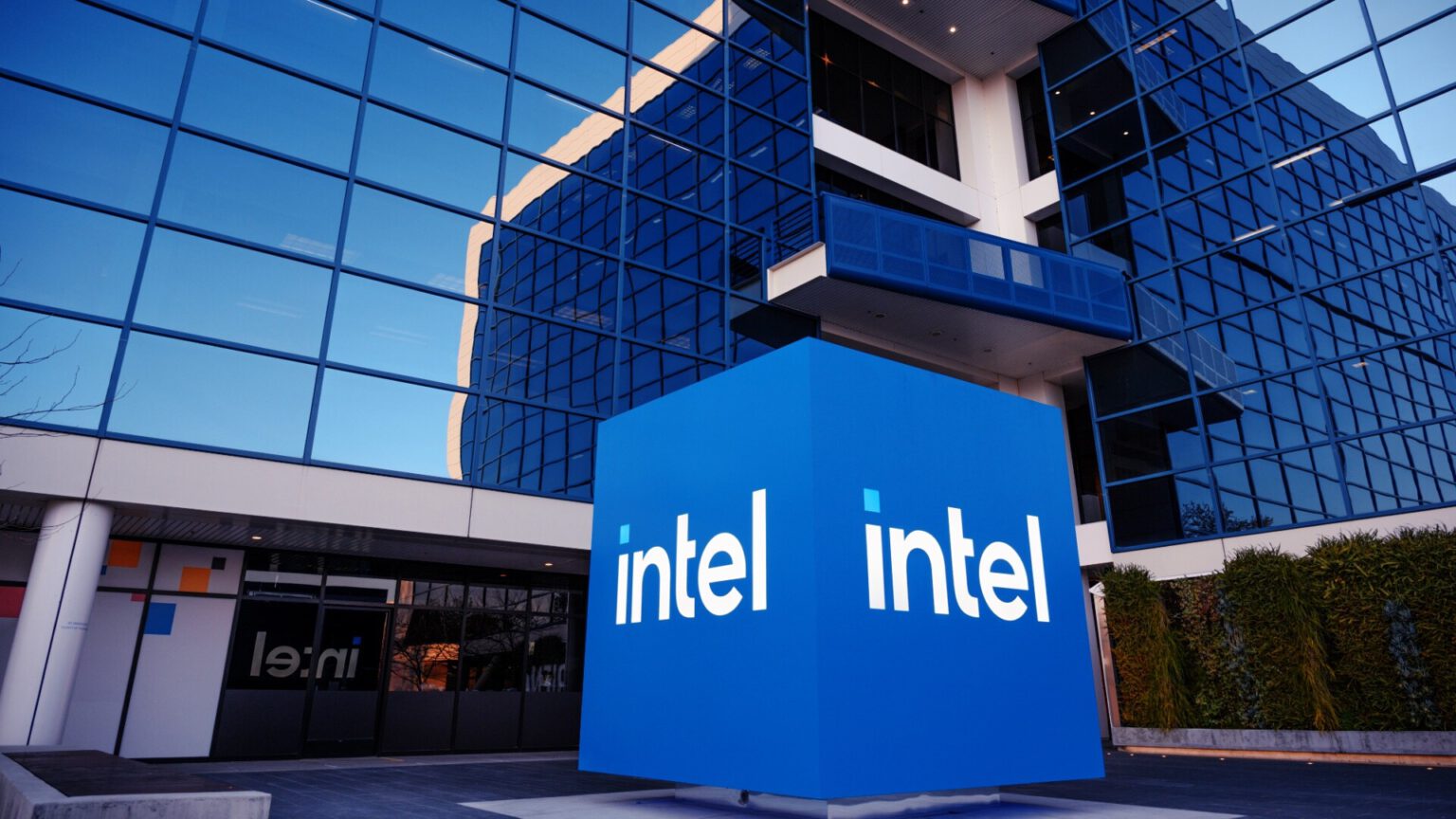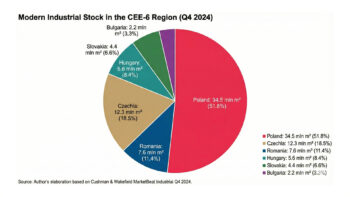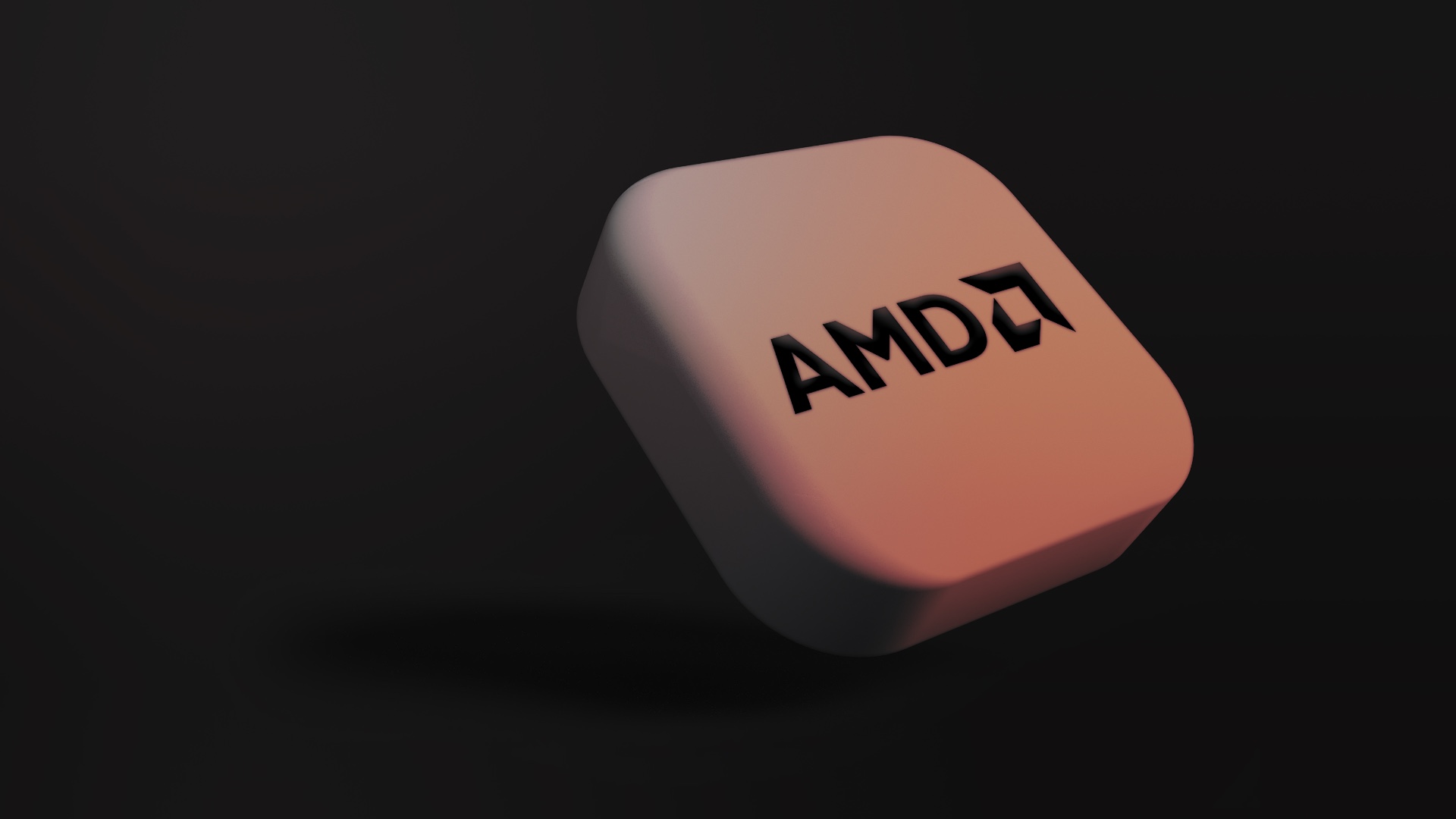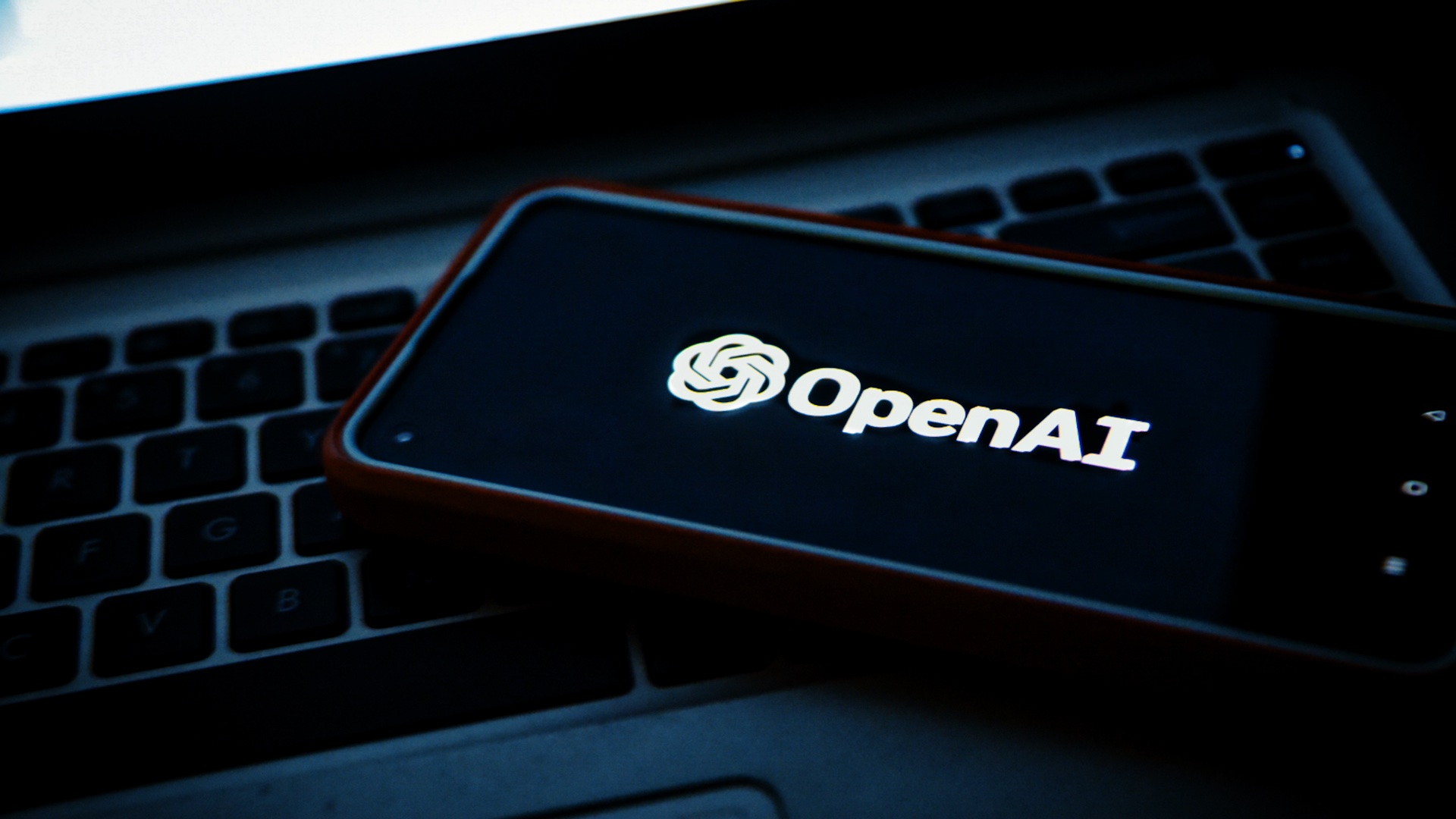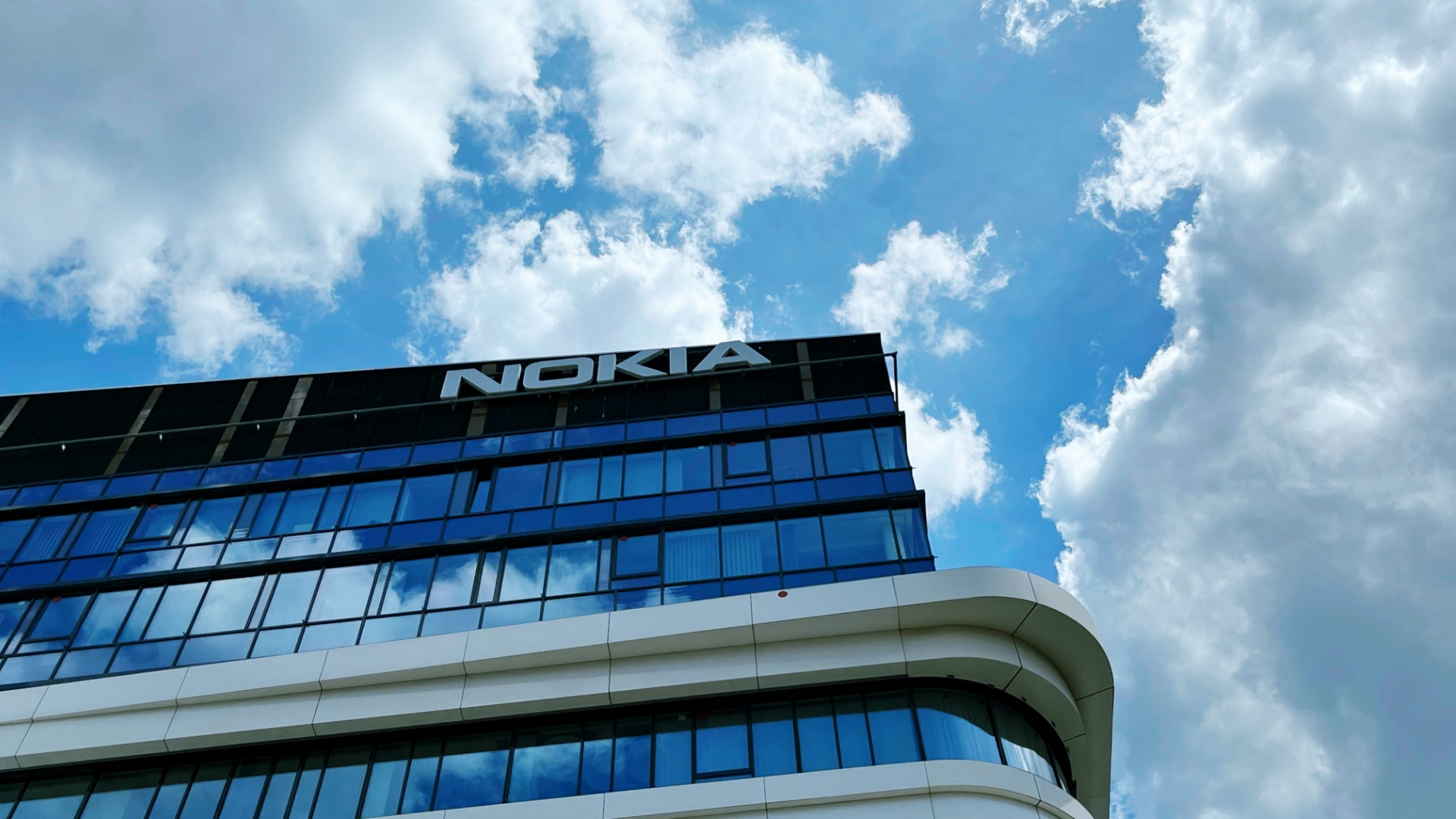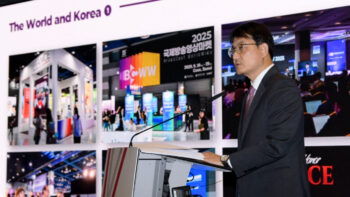Intel is losing another senior executive. Safroadu Yeboah-Amankwah, who has served as chief strategy officer since 2020, will leave the company at the end of June.The move isthe latest in a wide-ranging management restructuring led by new CEO Lip-Bu Tan since he took over in March 2025.
While Yeboah-Amankwah’s departure may on the surface look like a standard turnover, it is in fact part of a deeper cultural and organisational shift at Intel. The new CEO is carrying out a radical simplification of management structures and is increasingly moving the company towards an operating model closer to venture capital start-ups than traditional technology corporations.
Lip-Bu Tan, an experienced investor and founder of Walden International, has taken direct oversight of key segments: data centres, AI chips and chips for personal computers. At the same time, he is significantly flattening the decision-making structure, eliminating the mid-level layers that he believes were slowing the organisation’s growth and adaptation.
Yeboah-Amankwah’s strategic functions will be split. Some of these will go to Sachin Katti, recently promoted to CTO and head of AI. Intel’s venture arm, Intel Capital, will now report directly to Tan. This is not just a matter of organisation, but signals that equity investment will become an even more important tool in Intel’s new strategy.
The management changes come as no surprise against the backdrop of a difficult 2024, when Intel reported its first net loss of $18.8 billion in almost four decades. The company is facing competitive pressures – notably AMD and Nvidia – and the consequences of technology delays in recent years that have deprived it of footholds in key segments such as mobile chips and AI.
Under Tan’s leadership, Intel wants to get back into the game as an agile and innovative player, ready to compete in the new realities – where the pace of AI development, energy efficiency and the open foundry model will determine competitive advantage. Reducing bureaucracy, speeding up decisions and a more offensive investment strategy are set to play a key role in this jigsaw.
The departure of the chief strategy officer should therefore not be interpreted as a single event, but as a symbol of the end of one era of management at Intel – and the beginning of a new one, based on greater flexibility and rapid response to the changing realities of the semiconductor market.




